Sealing technology plays a crucial role in the performance and reliability of modern pipe fittings. Whether in industrial, commercial, or residential applications, the integrity of a pipe system often depends on the effectiveness of its seals. Inadequate sealing can advance to leaks, pressure drops, and potential safety hazards. This article explores various sealing technologies commonly employed in pipe fittings today, with particular attention to their application in components such as flanged ball check valves, commercial pressure reducing valves, and electric gas shut off valves.
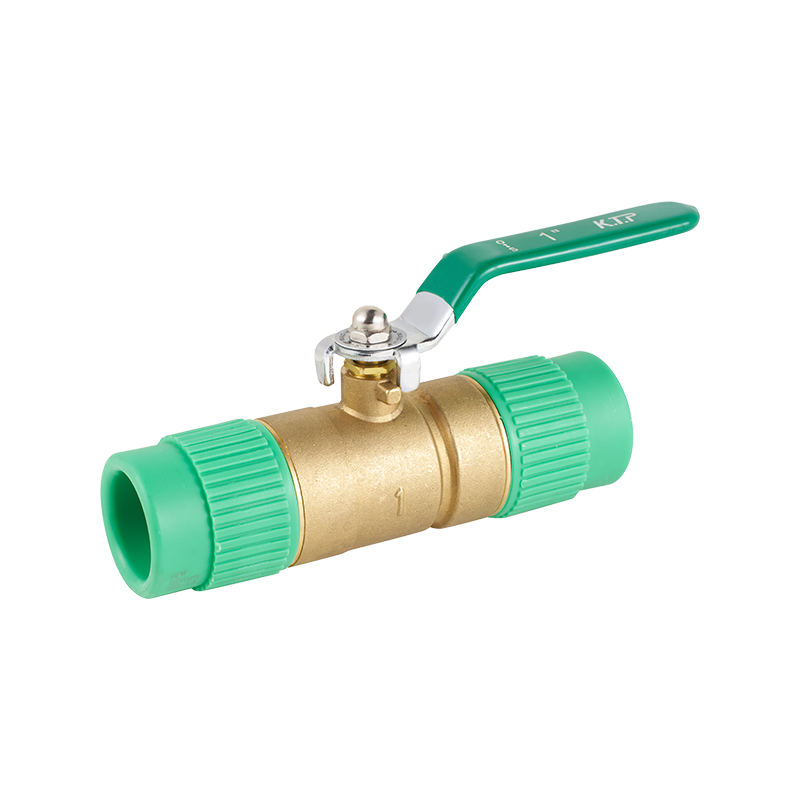
One of the fundamental challenges in pipe fitting design is achieving a reliable seal under varying conditions of pressure, temperature, and fluid type. Traditional sealing methods often used simple gaskets or O-rings made from rubber or other elastomeric materials. While these materials provide flexibility and ease of installation, they may not always offer the durability needed for long-term service, especially in systems involving high pressure or aggressive fluids.
In modern pipe fittings, sealing technologies have evolved to address these challenges. For instance, the use of composite gaskets, which combine materials such as graphite and metal, can enhance sealing performance in flanged connections. This type of gasket is commonly found in flanged ball check valves, where a tight seal between the flange faces is critical to prevent backflow and maintain system integrity. The composite gasket's ability to withstand thermal cycling and maintain compressive strength under pressure makes it well-suited for such applications.
Another sealing approach gaining traction is the application of polymer-based seals that can adapt to surface irregularities and provide a reliable barrier. Commercial pressure reducing valves often incorporate elastomeric or PTFE (polytetrafluoroethylene) seals to ensure precise pressure control without leakage. PTFE seals, in particular, are valued for their chemical resistance and low friction properties, making them suitable for handling a wide range of fluids in commercial settings. These seals help maintain the valve's performance over time, reducing maintenance needs and less downtime.
Electric gas shut off valves present their own unique sealing requirements due to safety concerns and the nature of the gas being controlled. The sealing components in these valves must ensure a gas-tight closure to prevent leaks that could advance to hazardous situations. In addition to standard sealing materials, these valves may employ metal-to-metal seals or specialized soft seals designed for gas applications. The selection of sealing technology in an electric gas shut off valve depends on factors such as the type of gas, operating pressure, and temperature conditions. The reliability of these seals is critical since any failure could pose safety risks.
Aside from the materials themselves, the design of sealing surfaces and how the seals are compressed also influences sealing effectiveness. In flanged ball check valves, proper flange alignment and bolt tensioning are essential to compress the gasket evenly and prevent leakage. Similarly, commercial pressure reducing valves require seals to be held firmly in place without causing deformation or premature wear. Advances in sealing surface finishes, such as smoother machining and coating applications, have improved the ability of seals to maintain contact and resist wear over time.
Maintenance and installation practices also impact the success of sealing in pipe fittings. Proper handling of gaskets and seals during installation, including cleaning of flange faces and using the correct torque on bolts, can prevent common issues like gasket blowout or uneven compression. Regular inspection and replacement of seals when signs of wear or damage appear help sustain system performance and avoid costly repairs.
In summary, sealing technologies in modern pipe fittings have expanded beyond simple rubber gaskets to include a variety of materials and designs tailored for specific applications. The use of composite gaskets in flanged ball check valves, polymer seals in commercial pressure reducing valves, and specialized sealing methods in electric gas shut off valves exemplify the diversity and sophistication in sealing solutions today. Understanding these technologies and their proper application is essential for designing and maintaining reliable piping systems that operate safely and efficiently over time.


 English
English русский
русский Español
Español عربى
عربى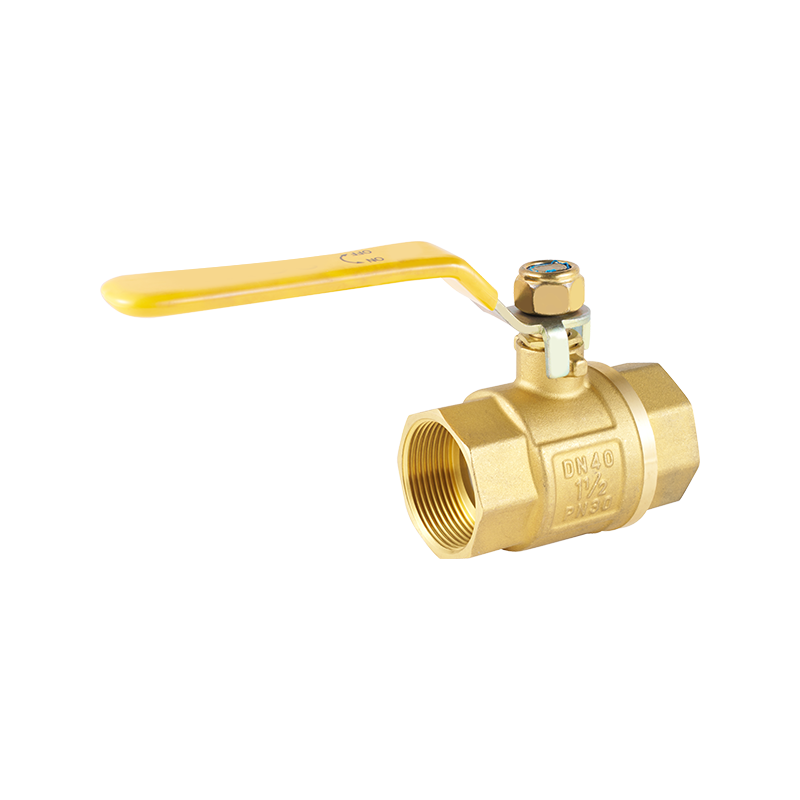
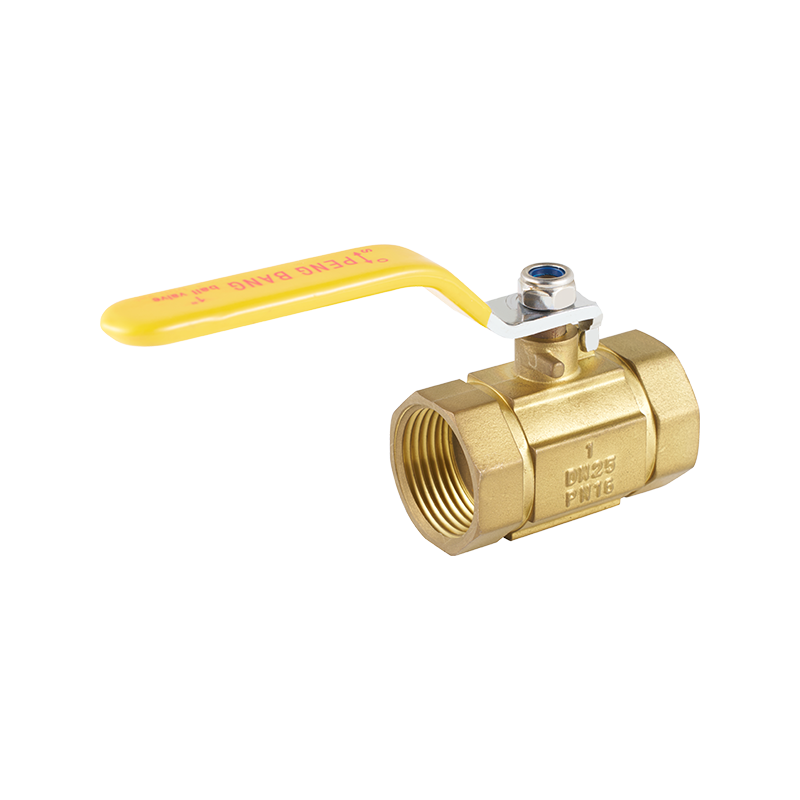
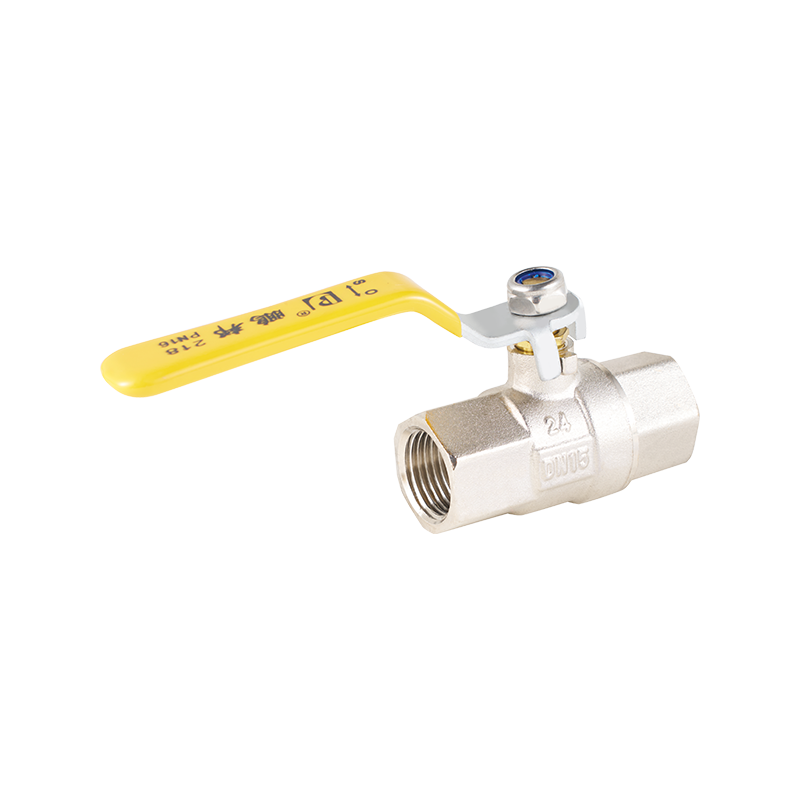

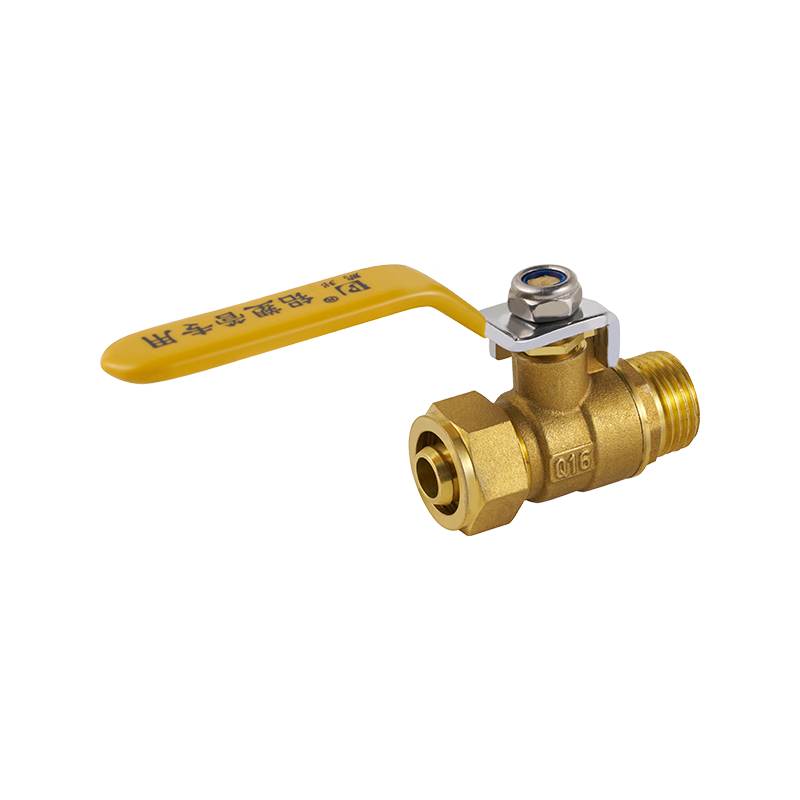
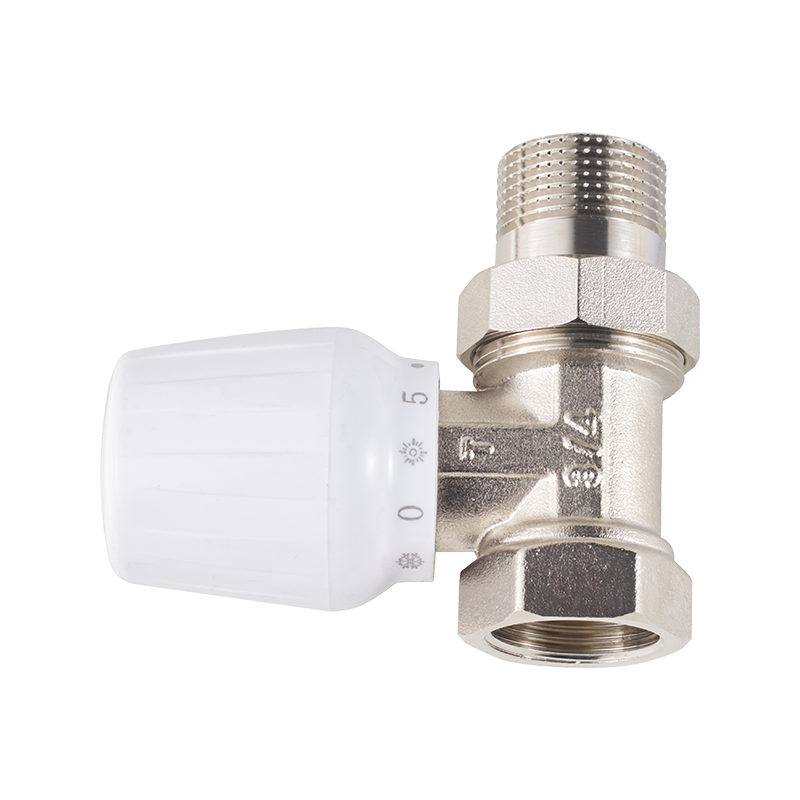

 CONTACT US
CONTACT US